October 27, 2025
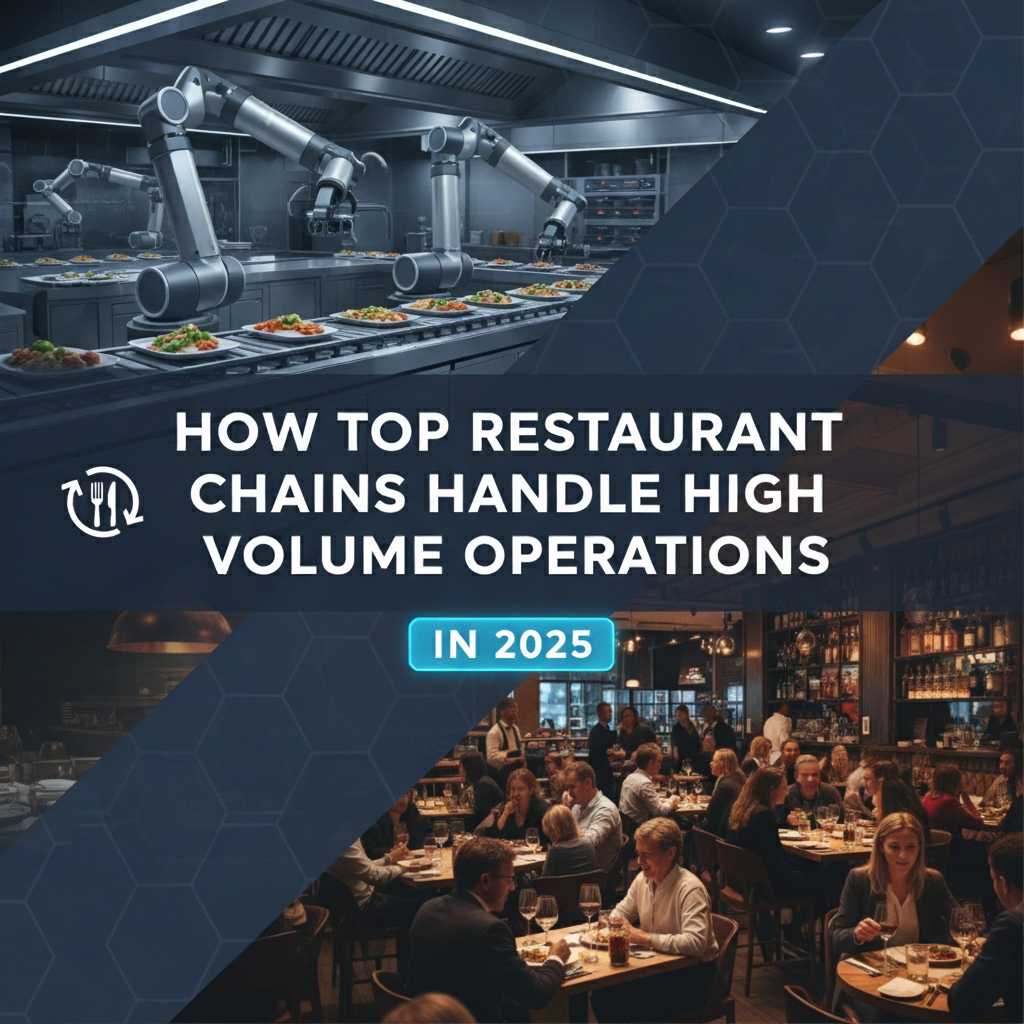
You've probably watched your staff juggle ringing phones while trying to serve packed dining rooms, knowing that every missed call means lost revenue walking out the door. The math is brutal during peak hours: when your team can't answer phones, those orders simply vanish to competitors who can. Fortunately, voice AI technology removes this bottleneck, capturing every opportunity and allowing restaurants to handle high-volume periods without sacrificing quality or profitability while staff stay focused on in-house service.
TLDR:
High volume restaurants separate themselves from struggling competitors through strategic technology adoption. The difference comes down to building interconnected systems that scale smoothly during rush periods and holiday surges.
Restaurant POS systems have evolved far beyond simple payment processing. Modern POS technology offers all-in-one solutions that integrate inventory management, staff scheduling, and customer data in real-time.
POS integrations improve order processing and eliminate manual data entry across multiple platforms, reducing human error during peak periods when staff are under pressure.
Cloud-based systems provide managers access to real-time data from anywhere. You can monitor sales, track inventory, and adjust staffing levels without being physically present during busy periods.
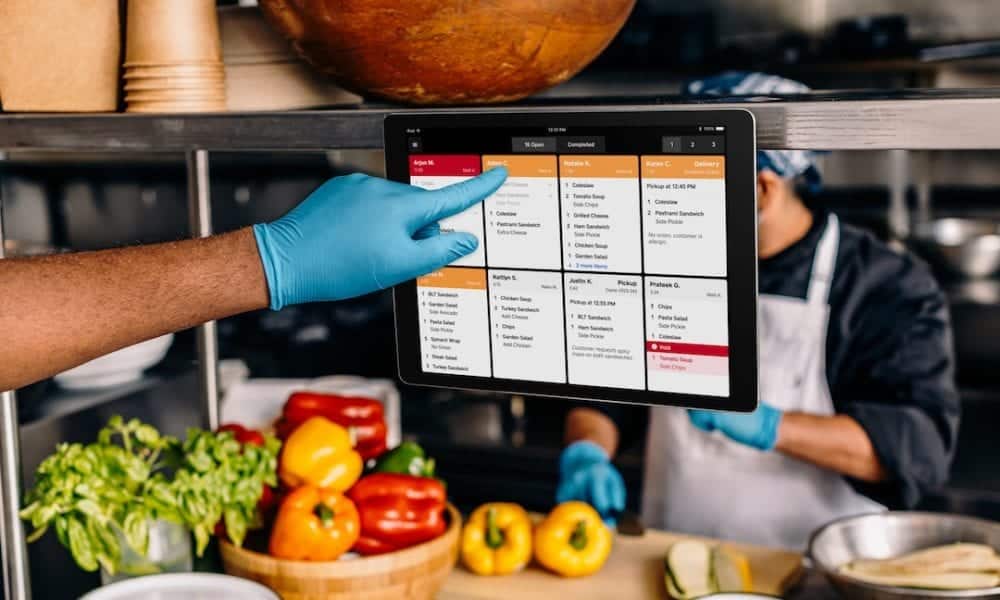
Digital kitchen displays improve back-of-house operations by replacing traditional paper tickets with real-time order tracking and automated prioritization. Orders appear instantly with special instructions, modifications, and timing requirements, eliminating the confusion that paper tickets create during high volume periods.
Digital displays also allow better order flow management. Kitchen staff can see upcoming orders, plan preparation sequences, and coordinate timing across multiple stations. This coordination becomes critical when handling 200+ orders per hour during peak periods.
High volume restaurants face a constant balancing act between labor costs and service quality. The most successful chains maintain consistency through data-driven scheduling, targeted training programs, and retention strategies that keep experienced staff engaged during peak periods.
The restaurant industry's approach to training has undergone a dramatic shift. Training time has decreased to just one hour per month for hourly employees, forcing operators to maximize results in every training session.
Accelerated training programs focus on role-specific competencies instead of generic orientation. Tailoring training programs to specific roles helps employees perform their jobs more effectively from day one. A line cook needs different skills than a server, and training should reflect these distinctions.
Cross-training creates flexibility during peak periods. When one station gets overwhelmed, trained staff can shift roles smoothly. This adaptability prevents bottlenecks that kill service speed during rush periods.
Determining the right staffing ratios requires analyzing historical data, seasonal patterns, and local market conditions. Successful restaurants use predictive scheduling that accounts for weather, events, and promotional activities that drive unexpected volume.
Flexible scheduling approaches include on-call systems and split schedules that align labor costs with actual demand. Instead of overstaffing throughout entire periods, smart operators bring additional staff during proven peak windows.
High volume restaurants lose thousands in revenue daily from missed calls and overwhelmed phone lines. Customer service automation captures every opportunity while keeping staff focused on in-house guests, scaling infinitely without additional labor costs.
The numbers tell the story. 60% of customers hang up when forced to wait on hold too long. An AI phone agent makes sure every call gets answered promptly, capturing orders that would otherwise disappear.
Modern AI integrates directly with existing POS and reservation systems. Orders flow automatically into kitchen workflows, payments process securely, and reservations sync with booking platforms.
The technology handles unlimited simultaneous calls. While traditional phone lines create busy signals during peak hours, AI infrastructure scales instantly to meet demand spikes without additional labor costs.
Automation actually improves service quality by reducing response times and eliminating human inconsistencies. AI provides instant answers to menu questions, accurate wait time estimates, and consistent policy information regardless of call volume.
Multilingual features expand market reach without hiring bilingual staff. The same AI system can easily switch between languages, serving diverse communities that many restaurants struggle to accommodate effectively.
High volume restaurants operate on razor-thin margins where a single stockout can derail service and cost thousands in lost sales. When your chicken runs out during dinner rush or you're scrambling for produce on a holiday weekend, the chaos destroys busy service periods. Smart inventory management prevents these disasters.
Restaurant inventory technology has moved beyond basic tracking to predictive intelligence. 42% of restaurants use inventory technology to minimize waste, with these establishments seeing dramatic improvements in food cost control.
Predictive systems analyze historical sales data, weather patterns, local events, and seasonal trends to forecast demand with remarkable accuracy. This prevents both overstocking that leads to waste and understocking that creates service failures during peak periods.
Automated reordering eliminates human error and maintains consistent supply levels. When inventory hits predetermined thresholds, orders generate automatically with suppliers. This removes the guesswork and prevents the panic ordering that inflates costs.
The financial impact is substantial. Investments in waste reduction can yield a 7:1 benefit-cost ratio, meaning every dollar spent returns up to six additional dollars through improved performance.
Modern inventory management integrates smoothly with POS data to track usage patterns in real-time. When integrated with platforms like Square, Toast, and Clover, inventory levels adjust automatically as orders process, providing accurate stock visibility throughout busy periods.
Real-time monitoring prevents surprise shortages that kill service momentum. Managers receive alerts when key ingredients approach minimum levels, allowing proactive reordering before stockouts occur.
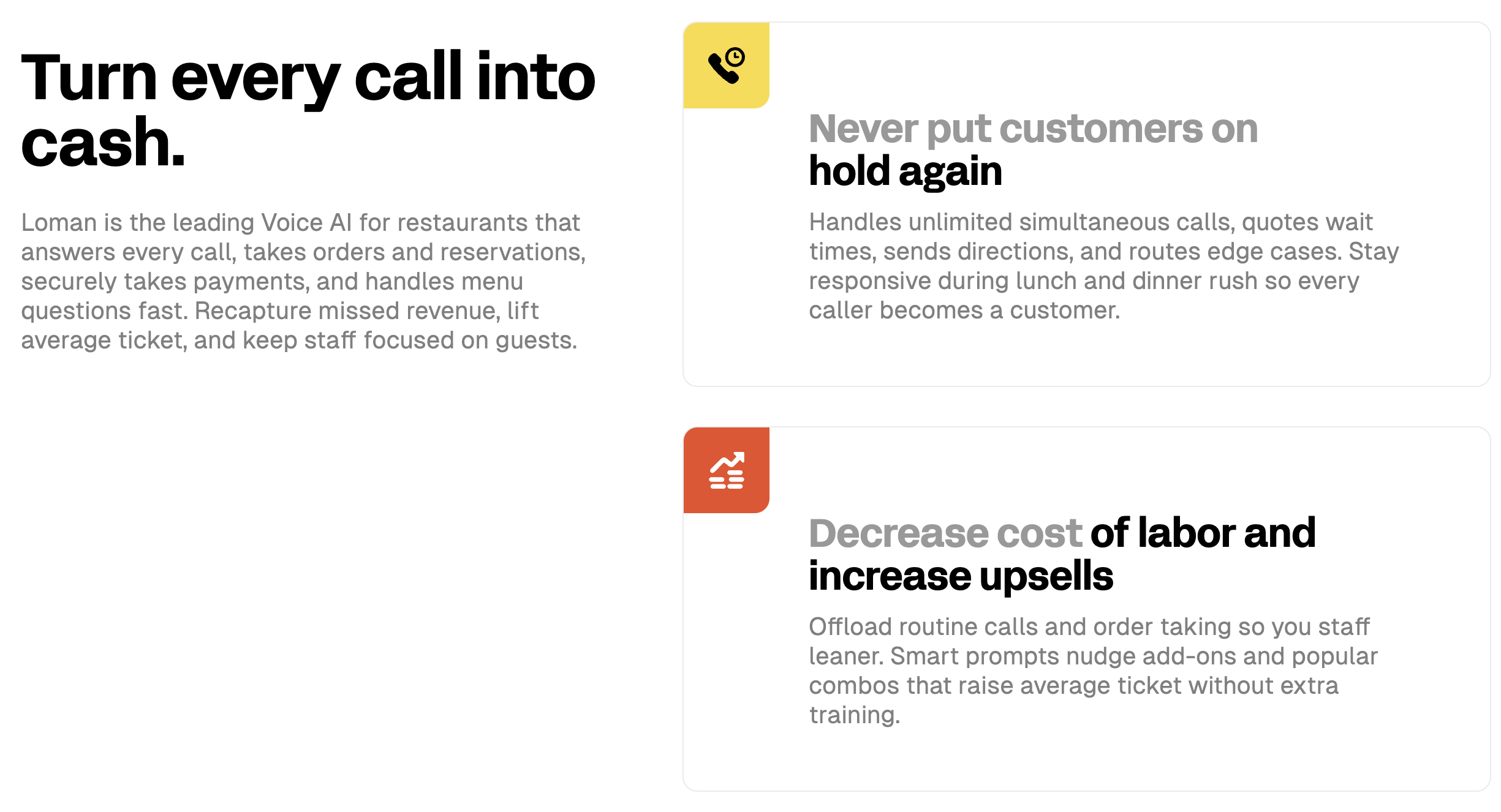
Maintaining consistent quality across high volume operations requires systematic approaches that don't rely on individual judgment calls. When you're serving thousands of customers daily, standardization becomes the foundation that prevents quality from deteriorating under pressure.
The challenge intensifies when 75% of restaurant traffic is off-premise, meaning customers judge your entire operation based on takeout and delivery experiences.
Recipe standardization eliminates the guesswork that creates inconsistent results during busy periods. Detailed specifications for portion sizes, cooking times, and plating presentations make sure every dish meets brand standards regardless of which cook prepares it.
Digital recipe management provides real-time access to specifications, cooking procedures, and quality checkpoints. Staff can reference exact requirements instantly, reducing the training burden while maintaining consistency across different work periods and locations.
Temperature sensors track food safety automatically throughout preparation and holding periods. These tools alert staff when items fall outside safe ranges, preventing quality issues before they reach customers.
Mystery shopping programs provide objective quality assessments across multiple locations and time periods. Professional evaluators test food quality, service speed, and adherence to brand standards during different service conditions.
Real-time feedback systems capture customer sentiment immediately after service. Digital surveys, review monitoring, and social media tracking identify quality issues before they become widespread problems.
Performance tracking monitors individual performance metrics including order accuracy, preparation times, and customer feedback scores. This data helps identify training needs and recognize high performers who maintain standards under pressure.
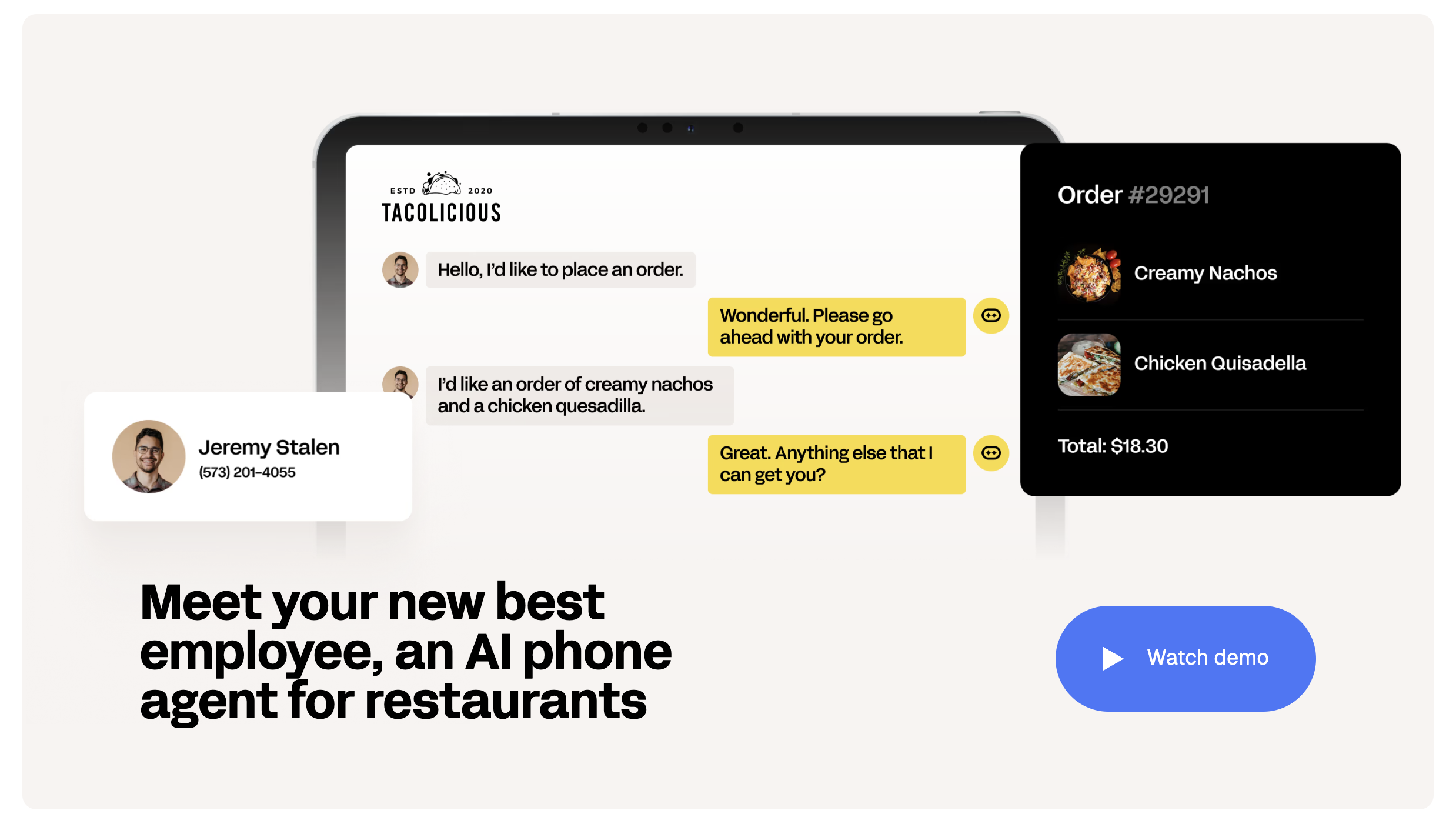
High volume restaurants need solutions that scale instantly without adding complexity or labor costs. While most technology requires additional training and management overhead, Loman eliminates the phone bottleneck that kills revenue during peak periods.
The math is simple: missed calls equal lost revenue. When your staff can't answer phones during dinner rush, those orders disappear forever. Loman changes this equation by handling unlimited simultaneous calls while your team focuses on in-house guests.
Loman answers every call with the same consistency and accuracy, regardless of volume. The AI takes complete orders, processes payments securely, books reservations, and answers menu questions without putting anyone on hold or missing opportunities.
The platform integrates directly with your existing POS and reservation technologies. Orders flow automatically into kitchen workflows, removing the manual entry that creates errors during busy periods. Staff see clean tickets with accurate modifications and timing requirements.
Multi-location chains face unique challenges in maintaining consistency across different markets and peak periods. Loman's multi-location support allows shared menus with per-store overrides, local phone numbers, and region-specific routing.
Analytics roll up by location, giving operators visibility into call patterns, revenue trends, and performance metrics across their entire operation. This data helps optimize staffing and identify opportunities for growth.
Loman scales instantly during unexpected demand spikes. Whether it's a weather event, local promotion, or holiday rush, Loman handles the increased call volume without additional setup or costs.
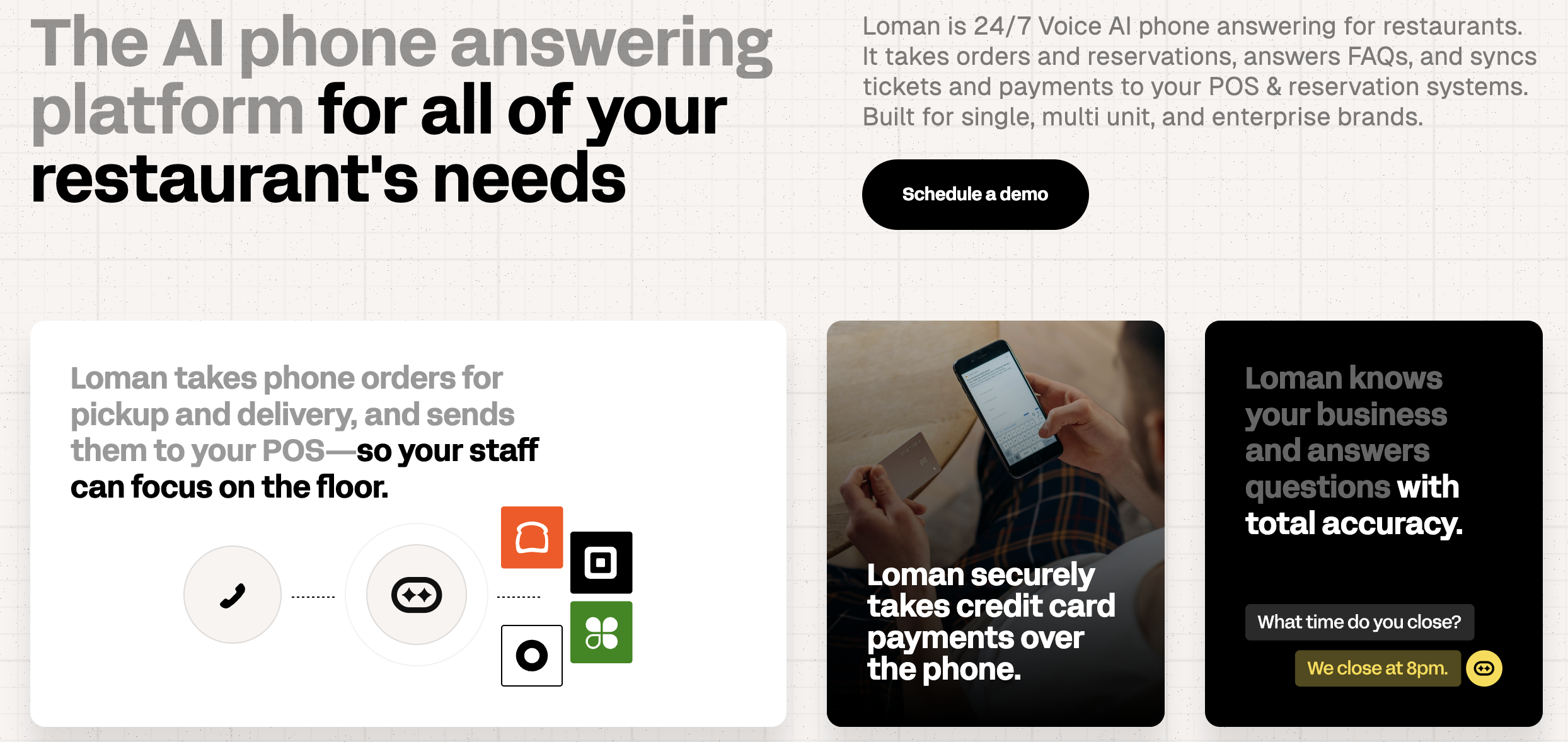
AI phone answering systems like Loman can handle unlimited simultaneous calls, taking complete orders, processing payments, and booking reservations while your staff focuses on in-house guests. This eliminates busy signals and captures 100% of incoming calls without additional labor costs.
Integrated POS systems connect inventory management, staff scheduling, and customer data in real-time, reducing manual processes by up to 40% during peak hours. Basic POS only handles payments, while integrated solutions provide real-time business visibility and eliminate manual data entry.
Consider predictive inventory management when you're experiencing frequent stockouts during busy periods or food waste exceeding 10% of costs. These systems can reduce waste by 30% while maintaining 99% ingredient availability, with investments typically yielding a 7:1 benefit-cost ratio.
Implement standardized processes with digital recipe management, automated temperature monitoring, and real-time quality checkpoints. Experience-led restaurants with consistent quality earn twice as many 5-star reviews compared to those relying on individual judgment calls during high-volume periods.
60% of customers hang up when forced to wait on hold, and traditional phone lines create busy signals during peak hours. Each missed call represents lost revenue from orders, reservations, and customer inquiries that disappear when staff can't answer phones during rush periods.
Technology becomes your competitive advantage when customer demand exceeds what traditional operations can handle. The restaurants thriving during peak periods work smarter, not harder. They use integrated systems that scale automatically without adding complexity or labor costs. Loman shows this shift perfectly, turning your phone system from a bottleneck into a revenue driver that captures every opportunity. When you build the right foundation, your restaurant can handle any volume while maintaining the quality that keeps customers coming back.
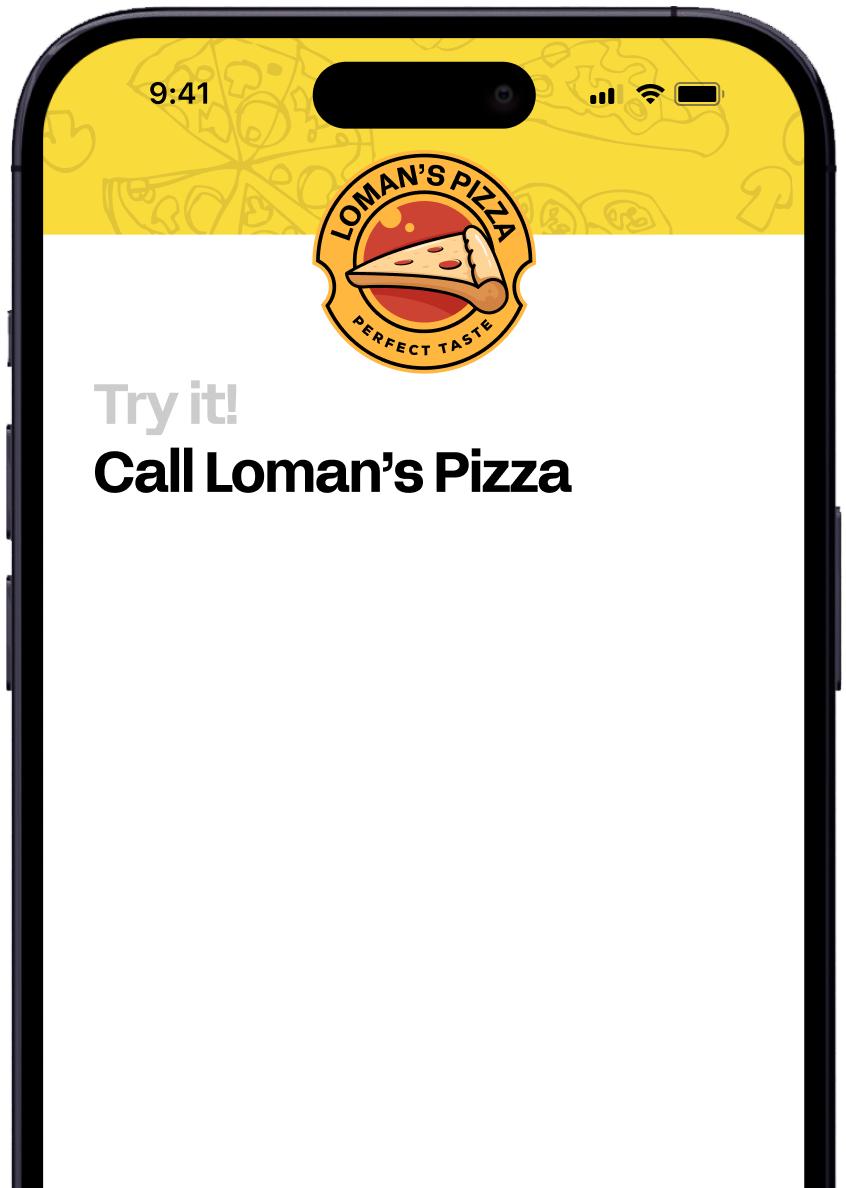
Enter your information in the form to receive a call from Loman and place an order like a customer would!